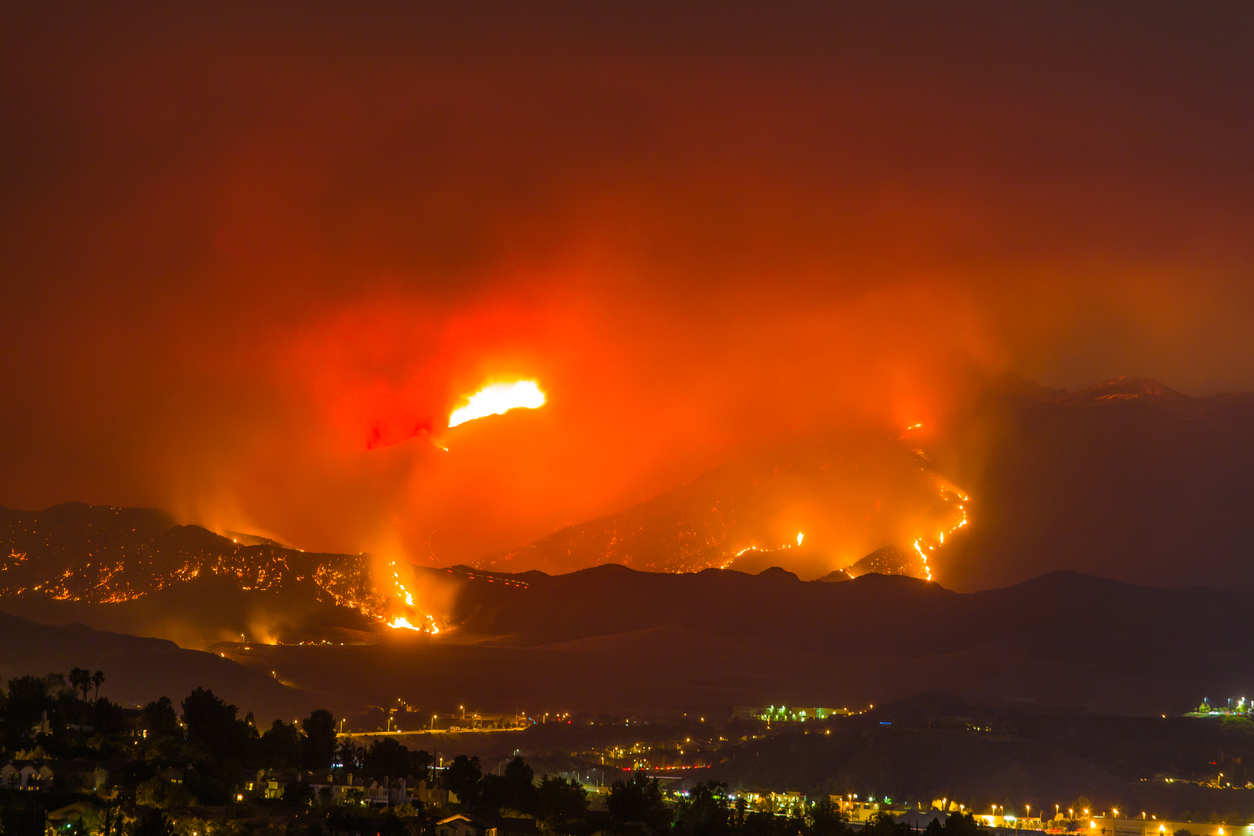"One of the more troubling issues in the aftermath of the Marshall Fire has been the problem of underinsurance for people who lost their homes," the Department of Insurance (DOI) said in a recent statement. The Marshall Fire, which burned from late 2021 to early this year, is said to be the state's most destructive fire.
So far, the DOI data has captured 951 total losses and $1.02 billion in claims. The level of underinsurance was calculated by DOI officials using three different cost estimates. 36 percent of policies were underinsured at a rebuild cost of $250 per square foot. This figure increased to 55% at $300 per square foot and 67 percent at $350 per square foot.
The average amount of underinsurance per policy was estimated to be nearly $99,000 at $250 per square foot to rebuild; nearly $165,000 at $300 per square foot to rebuild; and roughly $243,000 at $350 per square foot to rebuild. The total estimated underinsurance amounts for each tier were $34 million, $86 million, and $155 million, respectively.
"Before diving into solutions to address underinsurance, we needed to determine the potential size and scope of the problem," said Colorado Insurance Commissioner Michael Conway. "This is our preliminary analysis, but we will continue to analyze claims data as it is received from insurance companies." The challenge now and in the future, however, will be determining reliable rebuilding costs."
Boulder County, on the other hand, has reported 1,084 total losses from the fire. For those figures, the DOI provided similar estimates. Underinsurance is estimated to be $39 million at $250 per square foot, $100 million at $300 per square foot, and $179 million at $350 per square foot.
As of the end of March, the US Small Business Administration had approved $91.2 million in loans to impacted homeowners. According to the DOI, a large portion of that money will most likely be used to bridge the gap between insurance and rebuilding costs.
Claims data from the Marshall Fire were provided by 27 insurance groups representing 61 homeowners' insurance companies. According to the release, the 61 companies account for 97 percent of all companies selling homeowners' insurance in Colorado. Insurance companies submit this data to the DOI on a monthly basis, and the division anticipates that the data will change with future submissions.
The data excludes rental properties covered by commercial policies as well as high-end homes covered by surplus lines. This most likely explains the disparity in total-loss claims between the DOI and Boulder County.
The majority (83 percent) of total loss homes had policies with extended benefits coverage, which meant they had some additional coverage if rebuilding costs exceeded policy limits. Another 9% of homes had policies that did not include extended coverage, and 8% had guaranteed replacement coverage, which means that the insurance policies cover replacements without a cap.













